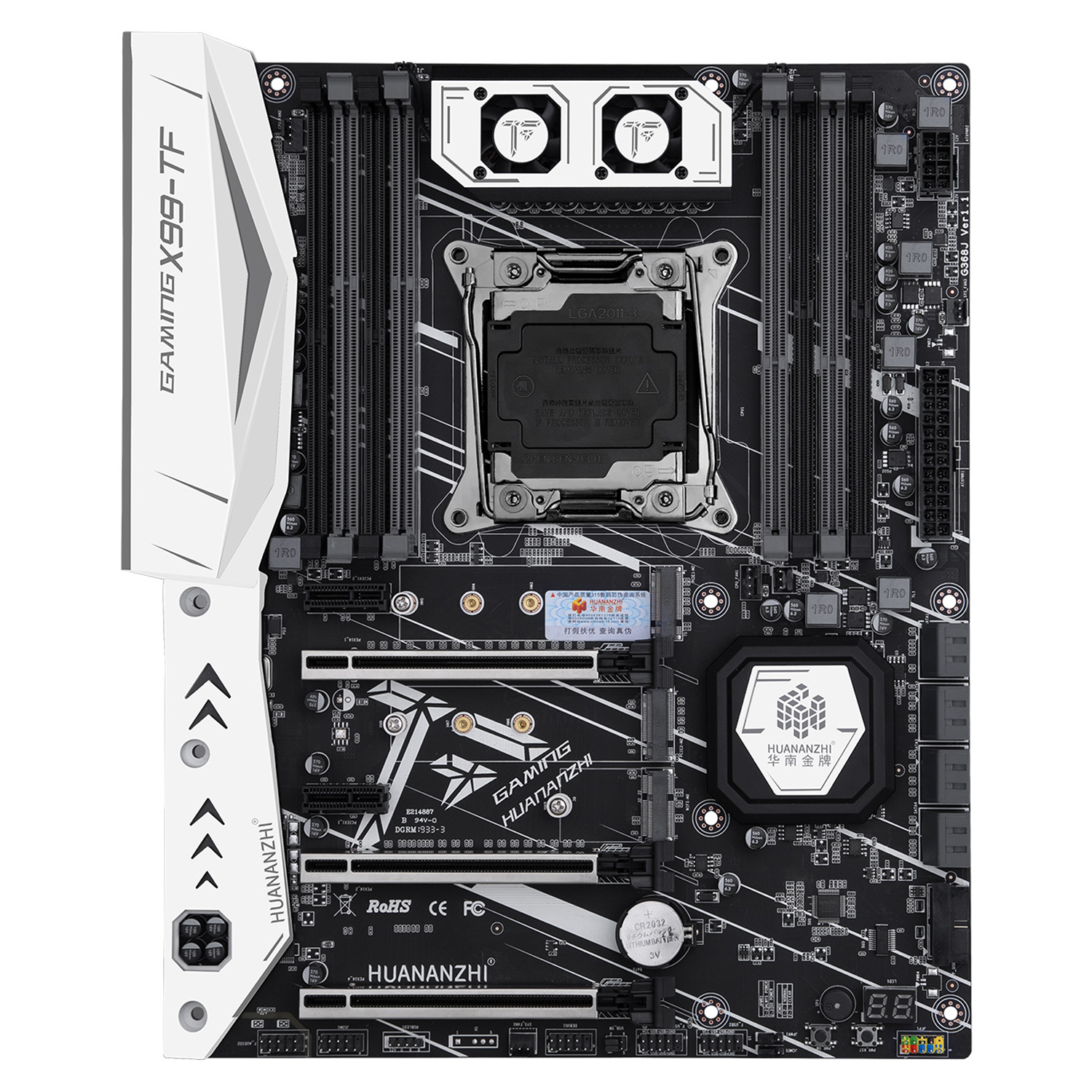

DDR4 will come down to your choice of CPU and motherboard. Core i7-8700K meanwhile doubles again to 128GB, helped in large part by the availability of higher capacity DIMMs.īut ultimately, the question of DDR3 vs. The Core i7-4770K officially lists 32GB as the maximum supported RAM, while i7-6700K doubles that to 64GB. It's possible to get larger DDR3 memory modules, but many won't work in standard desktop motherboards. There are potentially other differences as well.

DDR3 was slightly faster about half the time, and typically only a few percentage points separated the two memory types. The difference between DDR3-2133 and DDR4-2133 was negligible in a number of applications, ranging from Handbrake video conversion to half a dozen different games. How does this translate to real-world performance? As Anandtech found in some comprehensive benchmarks comparing DDR3 and DDR4, neither was a clear performance leader.


 0 kommentar(er)
0 kommentar(er)
